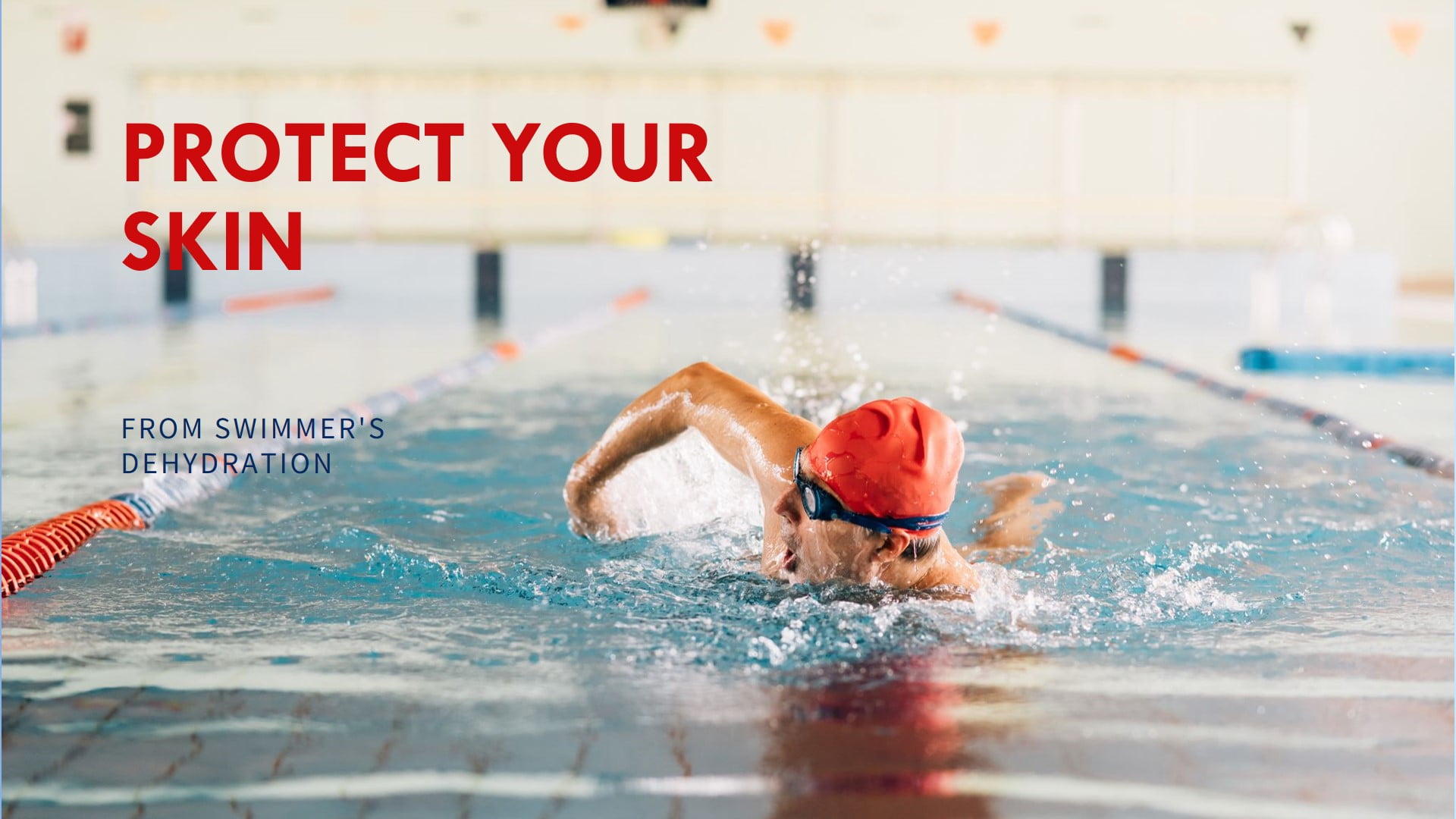Is it OK to use petroleum jelly to guard the skin against swimmer’s dehydration?
Opening
Although swimming is a great kind of exercise and leisure, extended contact with water, chlorine, and other pool chemicals could cause dry and parched skin. Some individuals think of petroleum jelly as a barrier of protection against this. This blog article investigates whether swimming with petroleum jelly protects skin from dehydration safely and effectively.
Knowing Petroleum Jelly
Definition of Petroleum Jelly
Semi-solid hydrocarbons produced from petroleum make up petroleum jelly, often called petrolatum. Its moisturizing and protecting qualities are often sought after. Building a barrier on the skin locks in moisture and shields it from outside allergens.
Petroleum Jelly’s Characteristics
Occlusive: Forms a barrier stopping skin water loss.
Repels water, which might help to protect skin in damp surroundings by **hydrophobic** nature.
Generally does not clog pores, so it is appropriate for most skin types as **non-comedogenic**.
Skin Effects of Swimming
Chlorine and Pool Chemistry
Chlorine and other chemicals used in swimming pools help to keep the water clean. These drugs, meanwhile, may rob the skin of its natural oils, which causes dryness and irritation.
Extended Water Contamination
Extended times in water may cause maceration, in which case the skin becomes unduly soft and soaked. Once out of the water, this increases the skin’s sensitivity to injury and dehydration.
Ocean Pools and Saltwater
Saltwater may also dry up the skin by sucking moisture away and aggravating it after swimming.
As a Barrier: Petroleum Jelly
The Methodology
Before swimming, spreading petroleum jelly on the skin forms a protective layer that helps to minimize the effects of chlorine and other pollutants and aid to reject water. This barrier helps the skin to stay naturally hydrated and avoids dehydration.
Suggestions for Applications
Before application, ensure sure your skin is dry and clean.
Apply to regions of exposed skin a thin, uniform coating of petroleum jelly.
Focus regions: Give especially extra care to dry-prone regions such as ankles, knees, and elbows.
Proficiency
Although petroleum jelly may help to create a barrier, it should be mentioned that it could not totally stop saltwater or chlorine from damaging the skin. Still, it may greatly lessen the effects and aid in preserving skin moisture.
Safety Issues
Slippery
Using petroleum jelly raises a lot of questions mostly related to skin slipperiness. In and near the pool, this may be dangerous and increase your chance of falling.
Skin Sensitive
Though most skin types are acceptable for petroleum jelly, some people may have allergic reactions or discomfort. Before using it across significant portions of the body, it’s best to do a patch test.
Environmental Consequences
Think through the possible effects petroleum jelly washing off into pool water may have on the surroundings. Although in tiny amounts it is not dangerous, overuse of it may contaminate pools.
Alternatives for Solutions
Barrier Creams
Without the greasiness of petroleum jelly, barrier creams meant for swimmers may provide comparable protective advantages. These products provide extra hydration and protection and are meant to remain on the skin even in water.
Lotions for Moisturization
Using a moisturizing lotion or cream both before and after swimming will assist to restore lost moisture and protect the skin. Seek for items like glycerin, hyaluronic acid, and ceramides.
Showering and Rinzing
To get chlorine and other pollutants off the skin, rinse both before and after swimming. Maintaining skin moisture may be achieved with a mild wash and a moisturizer after.
Views of Experts
Dermatians
Although petroleum jelly may help to create a protective barrier, dermatologists usually concur that it is not the sole fix. They usually advise appropriate skincare regimens include moisturizing before and after swimming as well as barrier lotions, especially for swimmers.
Swimming Instructives
Protection of the skin from the effects of chlorine and saltwater is emphasized by swimming teachers. To maintain good skin, they advise swimmers to wash and hydrate after swimming and to apply protective creams.
For additional information: 80 incredible uses of petroleum jelly
Commentary
Thanks to its occlusive characteristics, petroleum jelly may be used generally to protect the skin from dehydration while swimming. It forms a barrier that guards against the drying effects of chlorine and seawater and helps to maintain moisture. Still, there are significant safety issues like slipperiness and possible skin sensitivity that should be given thought.
For individuals seeking alternatives, barrier creams, and moisturizing lotions may provide comparable defense free from the negatives of petroleum jelly. Knowing the advantages and restrictions of using petroleum jelly can help you decide how best to protect your skin when swimming.

This is Kamran Malekian working in the petroleum jelly manufacturing industry for Navid Noor Company since 2013 I am eager to make content in this industry and have a good impact on professional users and people using cosmetic and pharmaceutical products.










No comment